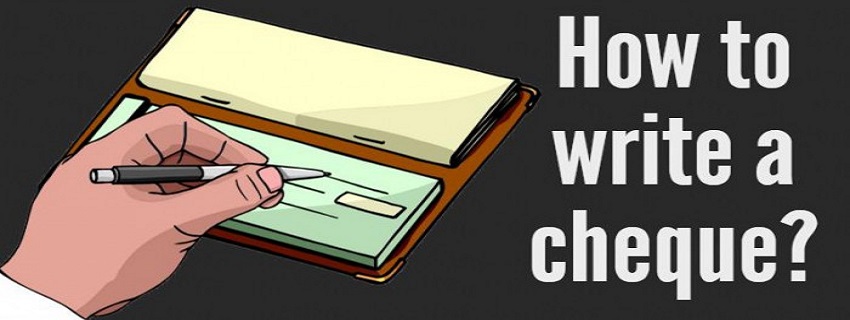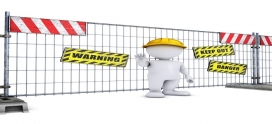Beware of Some Common Inane Cheque Writing Mistakes
A cheque is one of the most commonly used forms of promissory note that enables the people to pay someone or for something on a later date without the headache of carrying physical cash in hand everywhere. Writing a cheque in someone’s name is absolutely a no-brainer, except when the person forgets to write something or makes a critical error that makes it impossible for the bank to honour the instrument. Almost every person uses cheques for making payments, but there are still several dumb errors that find a way to sneak in.
A bank not honouring the cheque or the recipient asking for making corrections to the cheque before it can be deposited in the bank, is the last thing that a person wants to happen. It is these inane mistakes that come along with some costly consequences. Sometimes, a carelessly written cheque might be misused by the evil minds of the society and could cost one a great deal of monetary loss. A badly written cheque might also cause troubles to the person on the receiving end. Writing a cheque is a great responsibility and this is the reason why it is important to understand the silly mistakes associated with this financial practice and avoid doing them in the day-to-day life.
Leave Space between Numbers or Letters
This is an absolute inane mistake that people make while writing a cheque. One of the most basic things, which are taught about issuing a cheque, is to avoid leaving unnecessary gaps or spaces while writing names or amounts. It is this extra bit of space that provides a golden chance to the fraudsters to add additional alphabets to the name or figures to the amount and change the cheque entirely.
For instance, if a person is writing a cheque in the name of AMIT MISHRA, and leaves double space in between the name to make it appear like AMIT MISHRA, an imposter can always add some additional letter in that space and change the name say, AMITA MISHRA. The same thing goes for the amount, both in figures as well as words, written on the cheque. If limited space is kept between the alphabets and numbers, the chances of making changes to the cheques are reduced to zero.
Cross with A/C Payee
If a person is writing a cheque for an individual and wants to ensure that the payment is transferred to the bank account of the same individual only, adding a double crossed line on the top left corner of the cheque and writing Account Payee, or the initials ‘A/C Payee’, is extremely important. Adding this detail forces the bank to credit the money only to the bank account of the person whose name is mentioned on the cheque and not hand the underlying amount in cash over-the-counter. There is a majority of people who fail to do so. In case the cheque is lost or misplaced, any person can take the identity of the recipient and collect money from the bank.
Strike the Empty Space
Empty space of any kind on the cheque might turn out to be a playground of the fake and the cons. Usually, there is a certain amount of space left empty between the name as well as the amount columns. People should learn to strike off the empty space by adding a running line in the middle after writing the name and the amount in words in the specified columns. Doing so would ensure that no one adds more letters to the name or amount or misuses the cheque against the person.
Cancel Bearer
As per the standard cheques issued by the bank, the PAY column ends with the wordings “OR BEARER”. This means that either the individual whose name is written on the cheque can en-cash it or any other individual who is bearing the cheque can get the money from the bank, as long as A/C Payee is written on the cheque as stated above. It is always a wise move to strike off the words ‘OR BEARER’ from the issued cheque, unless it is being used for the benefit of the recipient.
Adding /- after the Amount
This might appear to be a minute detail initially, but the popular adage “big things come in small packages” applies perfectly in this case. This might be a small trick, but it holds a lot of wisdom for the issuer of the cheque. There is a great difference between writing Rs. 50,000 and Rs. 50,000/-. In the first case, a person can always add more zeroes to the amount and make it Rs. 5,00,000 or Rs. 50,00,000 in the empty space left. However, if the amount is written as Rs. 50000/-, no one can make any changes to the cheque.
These are some common errors that people are bound to make while issuing cheques. Keeping them in mind while writing a cheque will not only ensure the chances of misuse to almost zero, but will also add more security to every step of processing with the banks.



